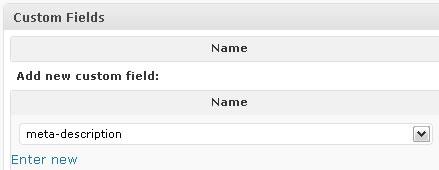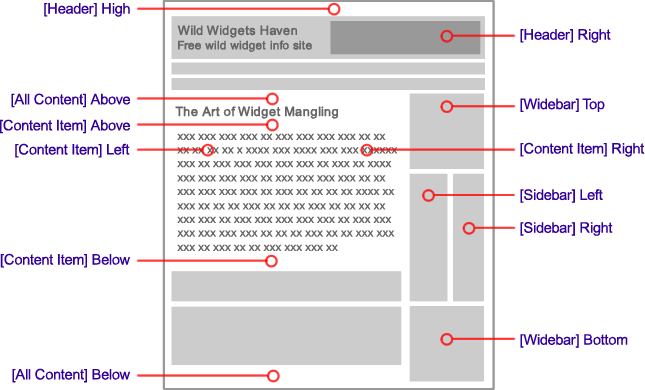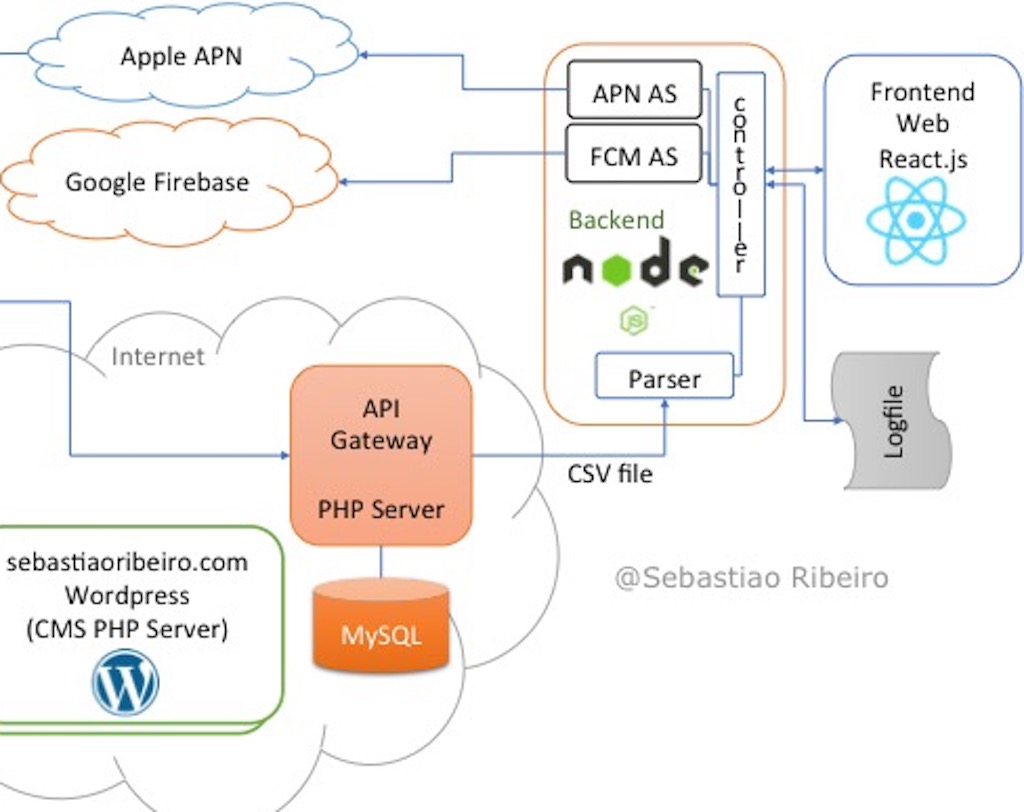Introduction
5G is advancing around the world and can already be classified as a maturing technology, although some of the innovations, such as Network Slicing, have not yet reached the expected point of use. Like any technological evolution model, justification for development was not only based in technology evolution itself, but new business models need also to be defined and described to justify the costs of system and network upgrade.
And the new business models are anchored on the ability to charge for the services and features made possible by new technology. To this end, the historical mechanism used in telecom business models for retail offerings was and still is based on the ability to properly billing and charging end user on an individual or collective basis.
Charging technology has always been a sensitive subject for operators, we can even argue that the model is outdated in relation to those applied by big techs, but it is a robust model that still meets partially the needs of offering mobile services to the customers chain.
5G has also evolved the charging technology model and procedures, replacing previous models based on interfaces supported by specialized protocols to a model based on open and flexible service interfaces, called SBA (Service Based Architecture), and a converged architecture in which online and offline models are tight tied.
This article proposes to be a summary and non-exhaustive compilation of the new charging procedures defined for the 5GS (5G System), with the objective of guiding the reader in the paths to search for more in-depth information.
Charging and Billing for 5G Architecture
5G architecture has radically changed the way mobile networks are performing charging and billing. Starting with usage collection, where there are no more files reporting consumption (xDR) being generated by any functional elements responsible for the user plane or control plane. Passing through the model, where charging is convergent and real time regardless of whether the service plan is prepaid (online) or postpaid (offline).
To achieve above requirements for convergent charging, a new functional element was introduced by 3GPP in Release 15, the CCS (Converged Charging System), which also comply to the new service architecture SBA (Service Based Architecture). All chargeable events, charging information and message commands are merged and includes the functions:
CHF – Charging Function
RF – Rating Function
ABMF – Account Balance Management Function
CGF – Charging Gateway Function
Figure 1 details above functions that were also defined in 3GPP TS 32.240 for Converged Charging System.

As CCS is complied to service-based architecture, 3GPP specification TS 32.290 introduced new services for converged charging to be consumed by others 5GS functions. These services are intended to cover all the network’s requirements related to billing and integration with Billing Systems.
CHF is seen as a service provider for the network, so other functions are needed inside Converged Charging System to complement the overall charging requirements. In this way, the RF function was defined to determine the value of the network resource usage, the AMBF where the subscribers’ account balance is located and the CGF that acts as a gateway between the 3GPP network and the external Billing and BSS systems. External interface Bx for the Billing systems is the only one that has maintained the legacy support for billing records in ASN.1 syntax, the others are based on the new SBA architecture.

In 3GPP Release 15 specification, CCS supports network resource usage charging, such as volume consumed, for the following 5GS network functions:
SMF (Session Management Function): for data connectivity charging, e.g. via PDU session;
SMSF (Short Message Service Function): for SMS text message charging;
PCF (Policy Charging Function): for control of usage limits.
Within SBA architecture reference, Nchf_ConvergedCharging is main service provided by CHF. It is specified in TS 32.291, contains Create, Update, and Release operations, and has the SMF and SMSF network functions as its primary consumers. The CHF also provides the Nchf_SpendingLimitControl service, which is specified in TS 23.503 and PCF is its consumer.
All operations for Nchf_ConvergedCharging and Nchf_SpendingLimitControl are based on HTTP POST method.
Charging and Billing Capabilities
3GPP defines some charging and billing procedures for 5GS summarized below.
5G data connection charging, specified in TS 32.255 and includes PDU session charging, data service flows (within the PDU session), and QoS flow (within the PDU session). The billing information is collected as QoS flow Based Charging (QBC) by the CHF in each PLMN.
Converged 5G SMS charging, as defined in TS specifications 32.274, 32.290, 32.291 and 32.298, SMSF network function charging and billing improvements for IP-SM-GW element.
The API interface which is defined via network exposure functionality. Network resource exposure capabilities have been specified in the 5G architecture in documents TS 23.501, TS 23.502, and TS 23.503. Network Exposure Function (NEF) APIs are specified in TS 29.522 and are interoperable with other network functions (NF) through the Service Based Interface (SBI). 3GPP TS 32.254 specification for billing APIs covers the interoperability of SCEF with SCS/AS, including online and offline event-based billing.
Charging for mobility management features via AMF (Access and Mobility Management Function). An evolution of the billing concept to collect usage of other 5GS features associated with AMF, such as registration management, mobility, and access connection. These features are defined in TS 32.256.
5G EPC Interworking Charging
3GPP has also defined enhancements in the charging for interoperability of 5GS with EPC (4G), enabling interoperability between 5GS and EPC architectures, when the User Equipment (UE) supports both networks and needs to be able to perform handover between these two modes.
By TS 23.501 and TS 23.503 specifications, networks can support interoperability procedures and these procedures can use the N26 interface. The N26 interface is defined as an inter-CN interface between the MME in the EPC network and the AMF in the 5GS. Interoperability between 5GS and EPC defines billing processes via interaction between PGW-C + SMF with CHF through the same interface defined between SMF and CHF. The corresponding triggers, message flow and parameters are specified.
Network Slicing Charging
Network Slicing functionality defined for 5GS represents an evolution of the way mobile network services are offered and expands the ability to offer new business models, such as B2B services and NSaaS. 3GPP specifies network slicing charging capabilities on a per-device (UE) and per-tenant basis, requirements based on the charging requirements received from the 3GPP working groups (SA1 and SA2) and GSMA.
On the basic, Network Slicing billing is collected via network slice instance information that the PDU session belongs to, which is then reported to the CCS via charging service.
In Release 16, billing management was expanded to Network Slicing (NS) with the introduction of NS lifecycle management (NSM) and NS Performance and Analytics (NSPA). CCS receives the billing information report for the NSPA, such as latency and throughput, and for the NSM, such as the billing service list for Network Slice Instance (NSI) for creation, modification, and termination. For Release 17, an enhancement is introduced in NS billing for data connectivity, the CHF was extended within the CCS to NS tenant, through the S-NSSAI parameter.
New NF was defined for Network Slice charging within Converged Charging architecture, the CEF (Charging Enablement Function). CEF is a consumer of the billing Nchf service and, for the purpose of collecting performance data and billing analytics, may consume managed services (MnS), services exposed by other NF, such as Network Data Analytics Function (MWDAF), or both, as specified in TS 28.201.

Network Slice lifecycle management charging covers creation, modification, and termination of Network Slice Instance (NSI) and is based on two alternate architectures defined in TS 28.202. One of the architectures defines the CEF as a consumer of the Nchf charging service and consuming managed service (MnS) and the other defines a CTF internal to the MnS Producer as responsible for collecting NS management charging information and acting as a consumer of the Nchf billing service.
Remarks
Billing and charging procedures for 5GS follow the network evolution capabilities and enable creation and offer of new business models. On the other hand, they create some challenges for legacy Billing and BSS systems, due to the amount of new information generated, the change in the collection of usage information and the new design for a convergent architecture.
The flexibility of the SBA architecture will encourage more advanced charging models and hoping stimulate creativity in the design of new services. Some scenarios of network resource exposure and roaming have not been explored in this article and should be addressed in further work.
Adoption of new charging models can also pave the way for even more evolution ahead with upcoming 6G specification.
Reference
List of specifications cited:
| 3GPP TS 23.501 |
| 3GPP TS 23.502 |
| 3GPP TS 23.503 |
| 3GPP TS 28.201 |
| 3GPP TS 32.240 |
| 3GPP TS 32.255 |
| 3GPP TS 32.256 |
| 3GPP TS 32.274 |
| 3GPP TS 32.290 |
| 3GPP TS 32.291 |
| 3GPP TS 32.298 |
Abbreviations
| 3GPP | 3rd Generation Partnership Project |
| 5GS | 5G System |
| ABMF | Account Balance Management Function |
| AMF | Acess and Mobility Management Function |
| ASN.1 | Abstract Syntax Notation One |
| BSS | Business Support System |
| CCS | Converged Charging System |
| CDF | Charging Data Function |
| CEF | Charging Enablement Function |
| CGF | Charging Gateway Function |
| CHF | Charging Function |
| CTF | Charging Trigger Function |
| EPS | Evolved Packet System |
| IP-SM-GW | IP-Short Message Gateway |
| MME | Mobility Management Entity |
| MnS | Management Service |
| MWDAF | Network Data Analytics Function |
| NEF | Network Exposure Function |
| NF | Network Function |
| NS | Network Slicing |
| NSI | Network Slice Instance |
| NSM | NS lifecycle Management |
| NSPA | NS Performance and Analytics |
| OCF | Online Charging Function |
| PCF | Policy Charging Function |
| PDU | Protocol Data Unit |
| PLMN | Public landline Mobile Network |
| PGW-C | PS Gateway – Control plane |
| QBC | QoS flow Based Charging |
| RF | Rating Function |
| SBA | Service Based Architecture |
| SBI | Service Based Interface |
| SCEF | Service Capability Exposure Function |
| SCS/AS | Service Capability Server/Application Server |
| SMF | Session Management Function |
| SMSF | Short Message Service Function |
| TS | Technical Specification |
| UE | User Equipment |









